Nov 14, 2011 | Clippings
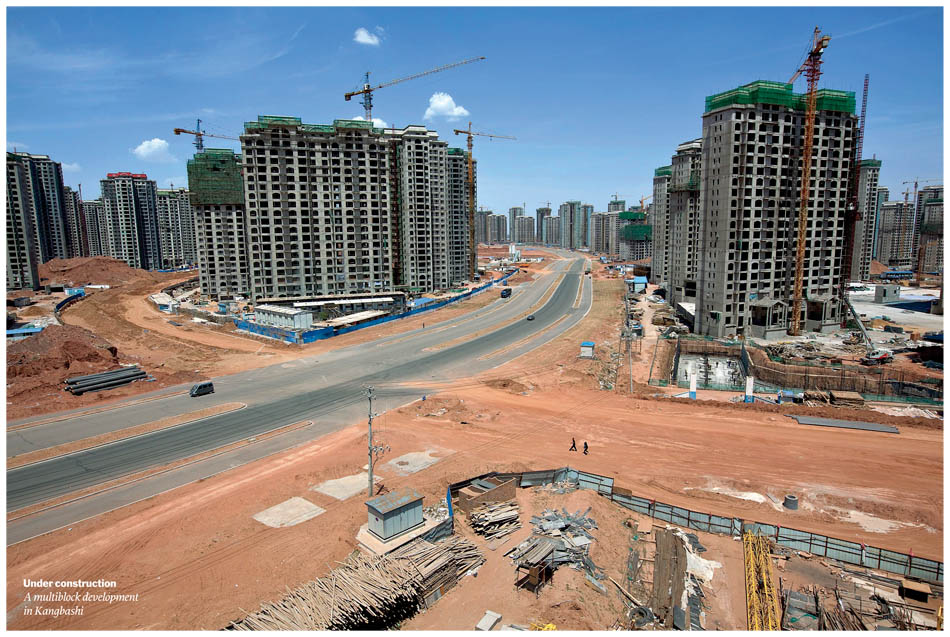
I’m sorry I’m so late with posting these clippings, but I have been traveling a lot recently. Last month Time Magazine featured my photographs from The Ordos Real Estate Bubble: An Empty Chinese Metropolis series in a piece on China’s precarious real estate market. Property prices have been skyrocketing over the past three years thanks to mass speculation by developers and government support of infrastructure development. For some time it was easily one of the best investments in the country and people would camp out on streets in order to buy apartments in especially hot markets in Shanghai and Sanya. Now it seems like the tide is finally going to turn. The real question is whether or not there is going to be a soft or hard landing for property prices. The China real estate sector might be most important financial market in the global economy, and a sudden pop would send international markets into a downward spiral. I don’t think this is going to happen, but people are starting to wake up and realize how overheated housing and commercial markets are in major urban centers. Many of these newfangled luxury developments remain empty and prices are starting to drop. It’s going to be interesting to see how this story unfolds over the next few months.
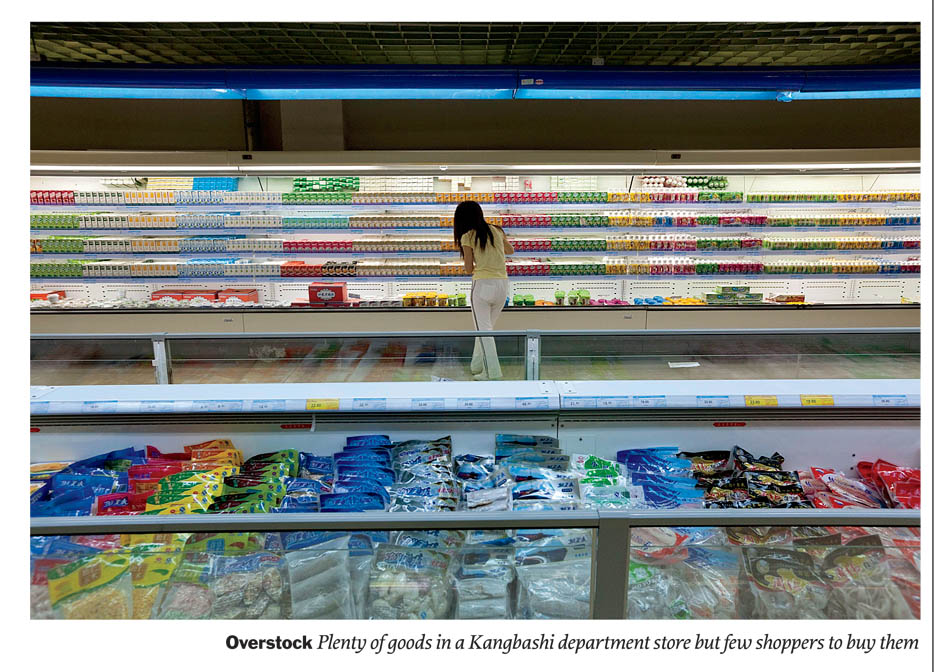
Sep 3, 2011 | Architecture, Counterfeit Paradises, Development
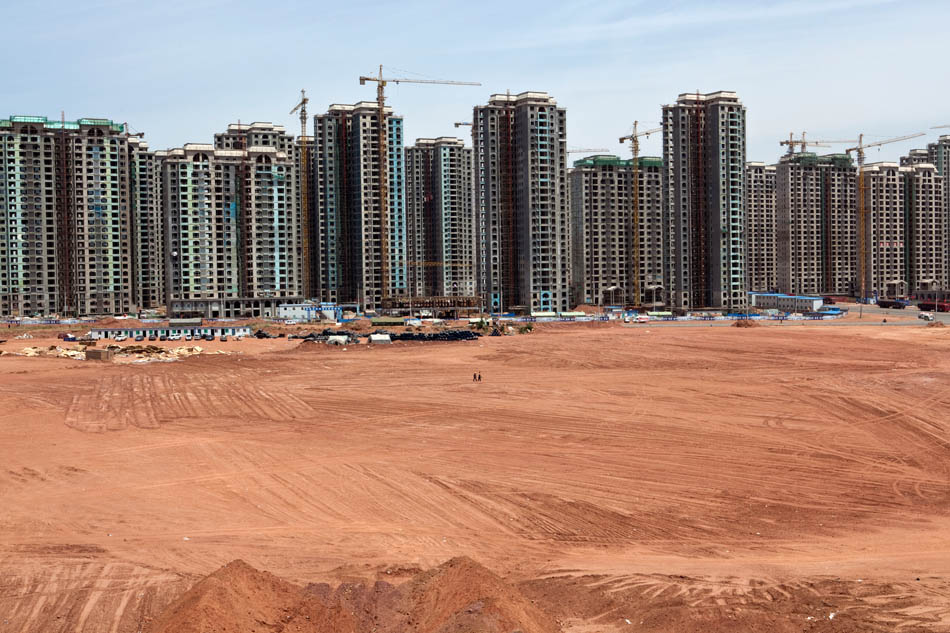
The arid landscape around Ordos was never a forgiving place. Its remoteness and lack of ground water always kept growth in check. Now the Inner Mongolian mining center produces a third of China’s coal and the municipal government decided to use the extra revenues to literally build an entire new city. Located 25 kilometers west of the old town, the Kangbashi/康巴什 new district sports a museum, opera house, library, cultural center, sculpture parks, malls and endless rows of megablock housing. Designed to accomodate a population upwards to a million people, only 30,000 have decided to make the move into the newfangled developments. For now the strange new city that popped out of the sands remains largely deserted. Only a handful of locals walk amidst the abstract shapes and glass-covered malls of Kangbashi. It is one of many locations in China that point to a real estate bubble just waiting to pop.


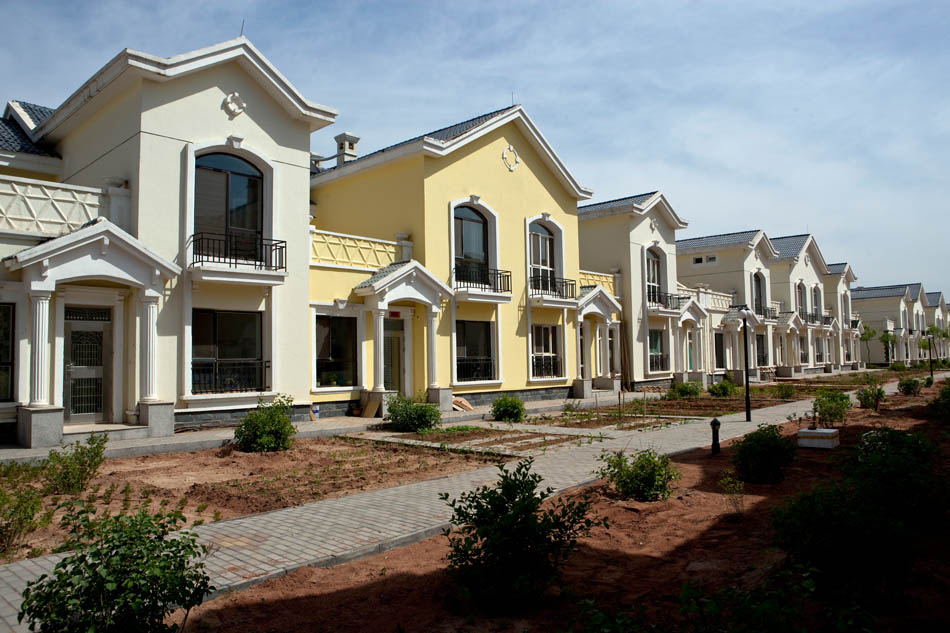

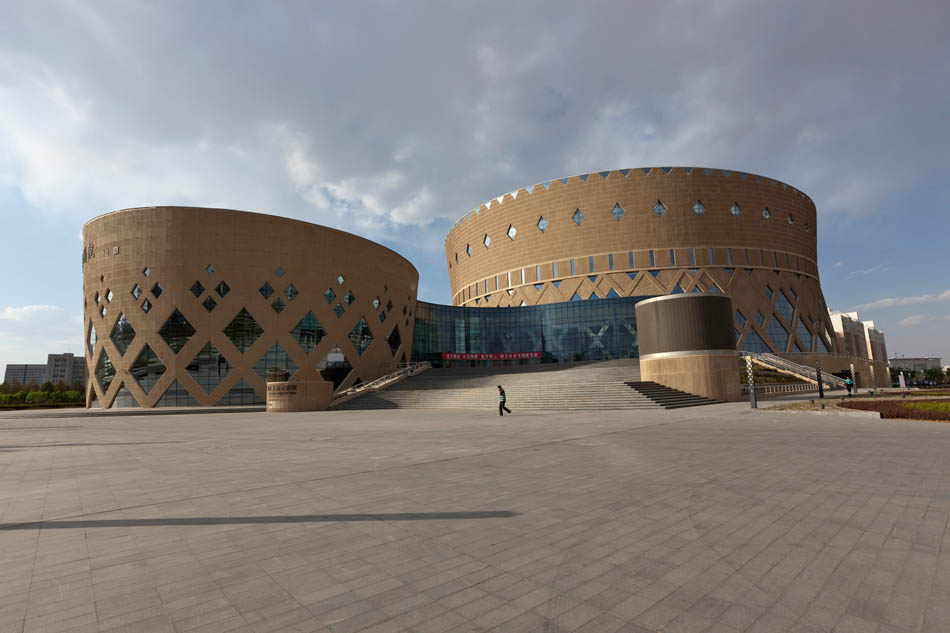


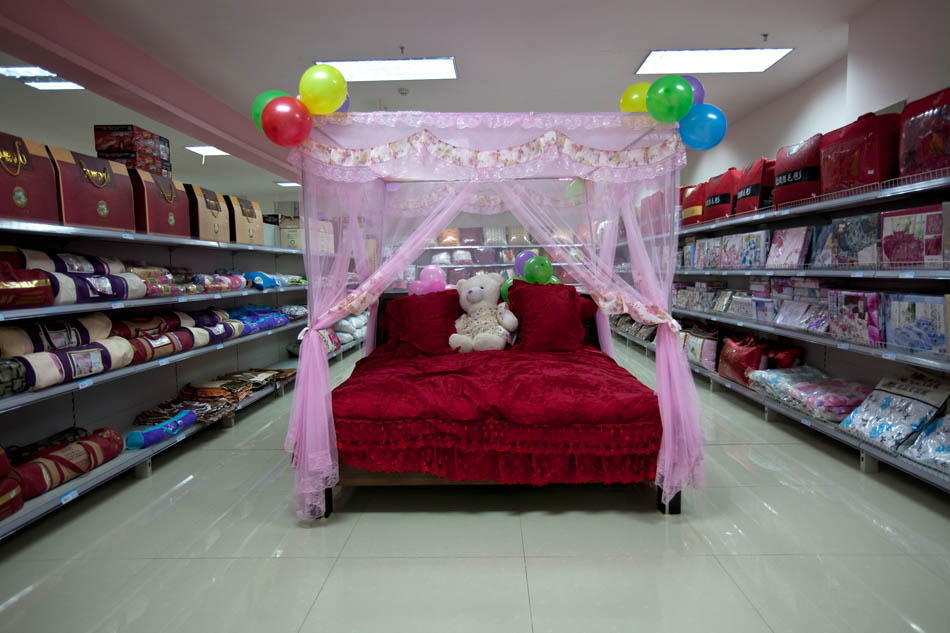
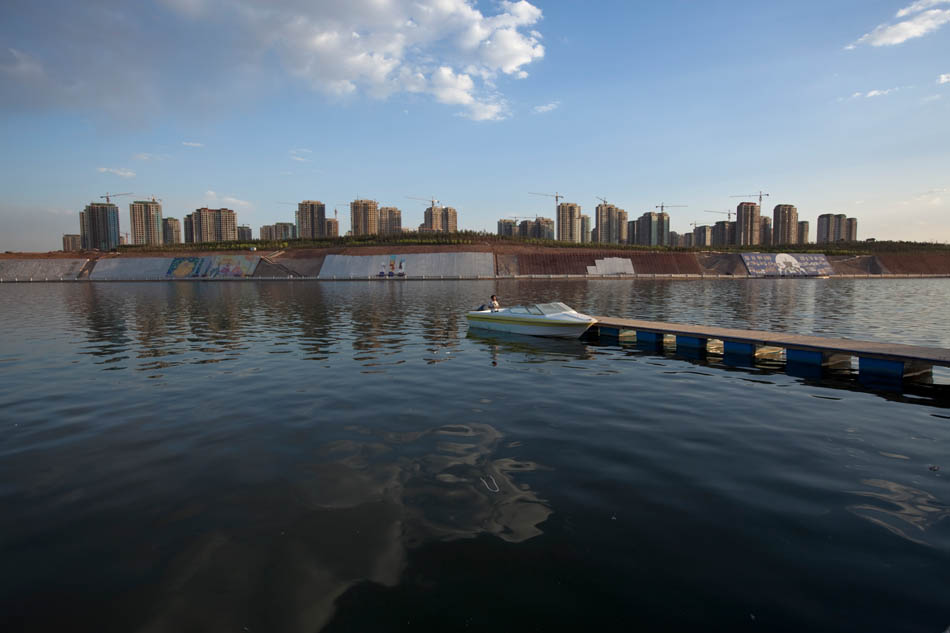
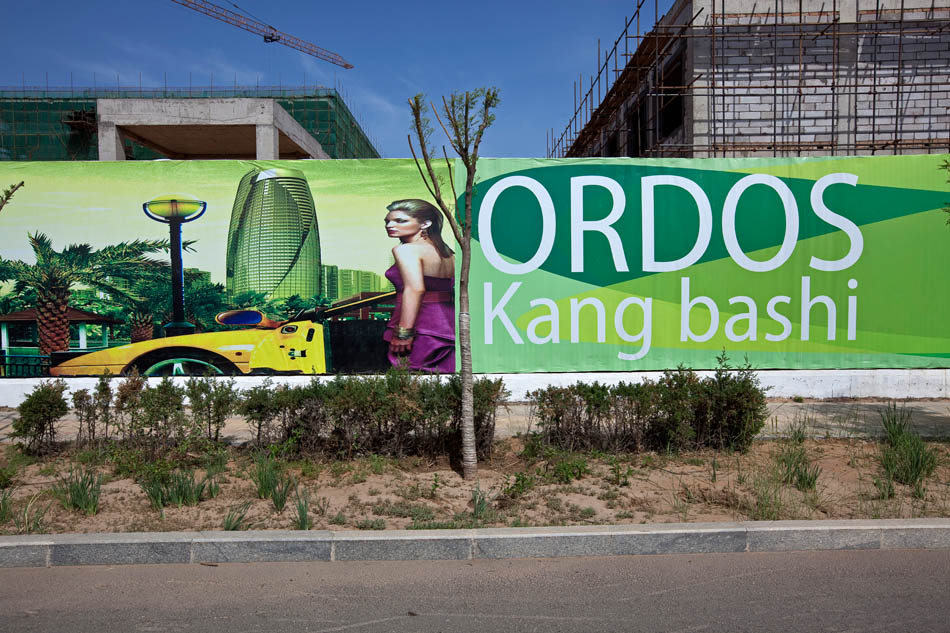
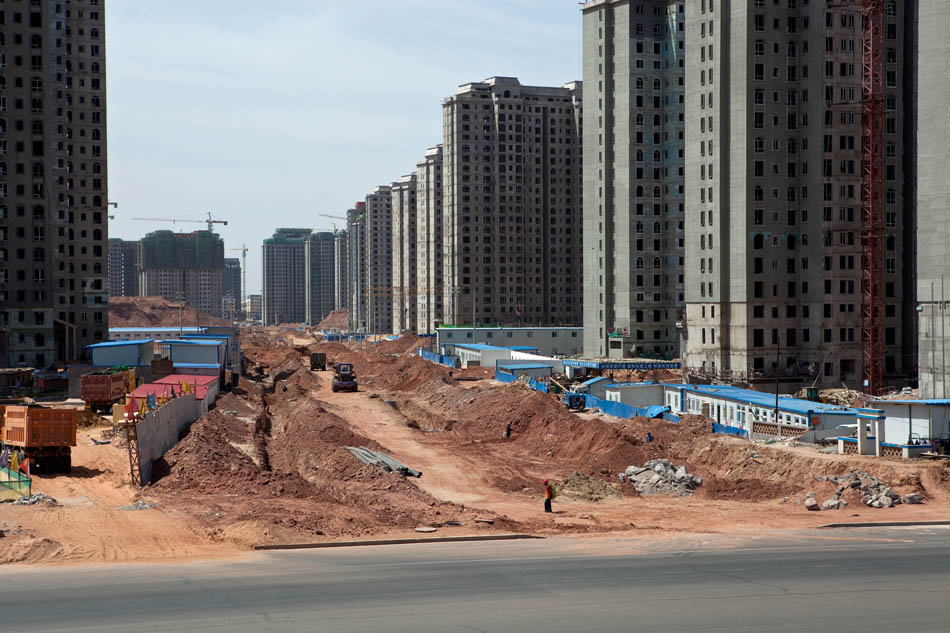
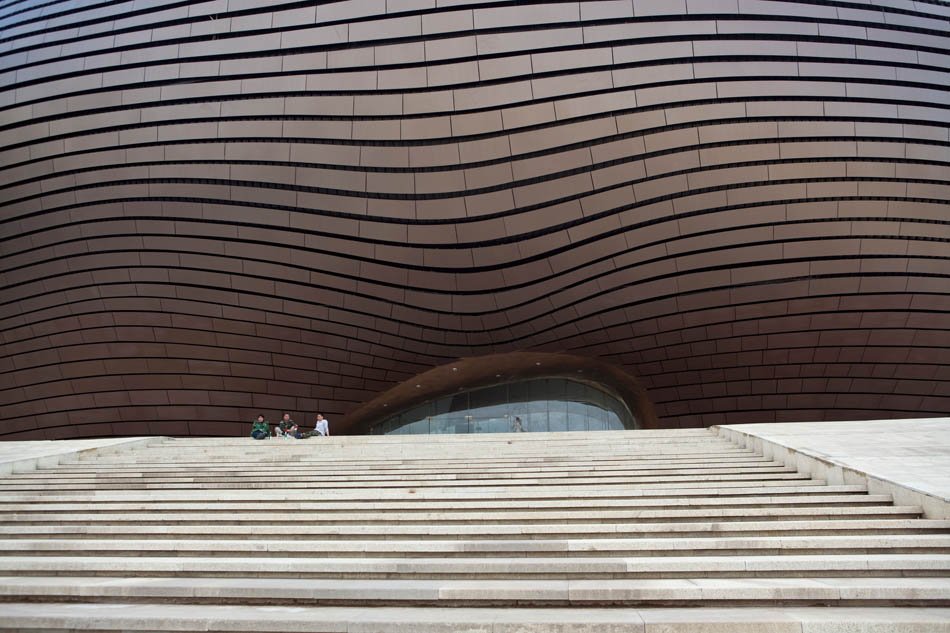
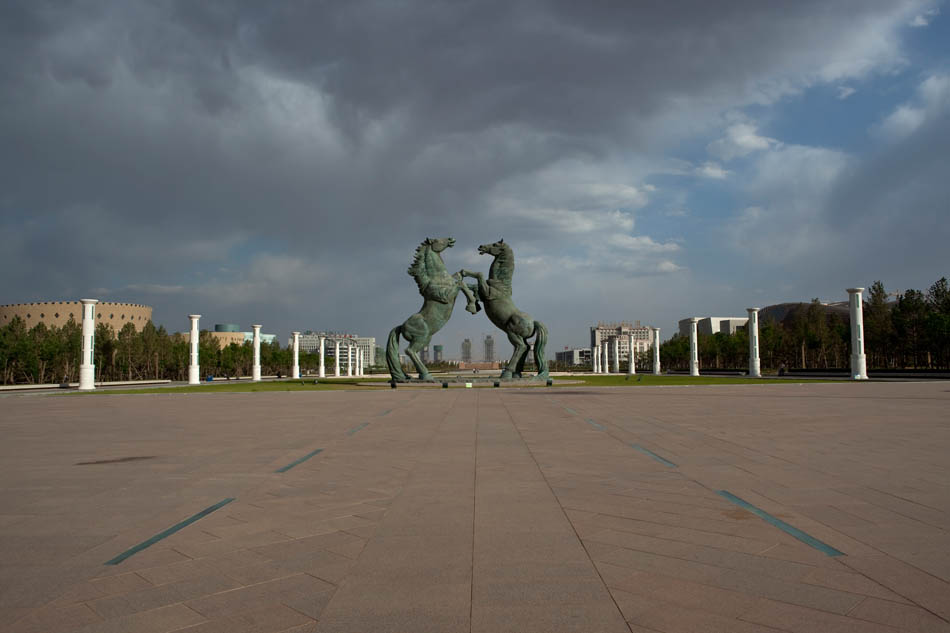
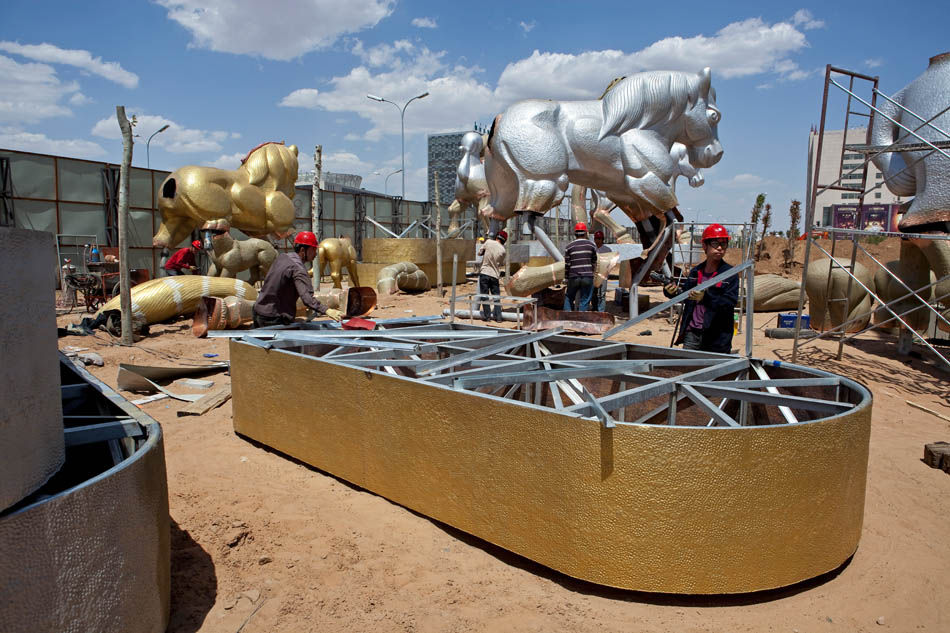
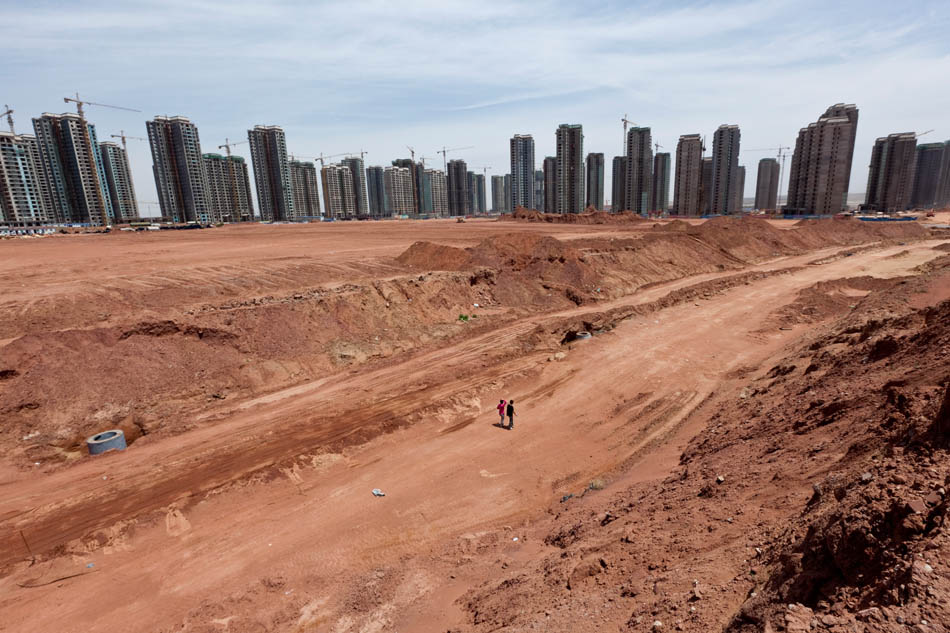

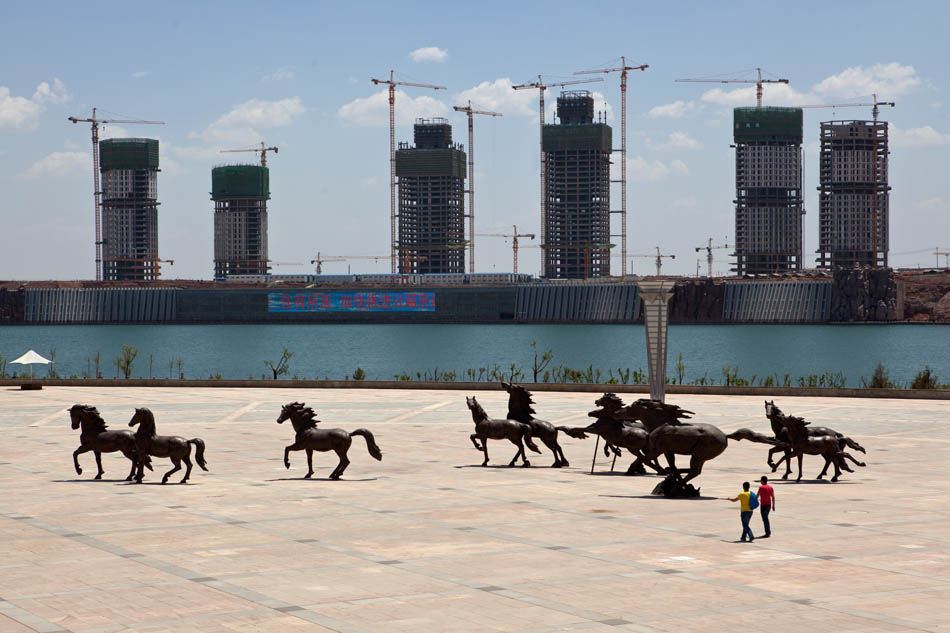
Feb 20, 2010 | Development, Travel
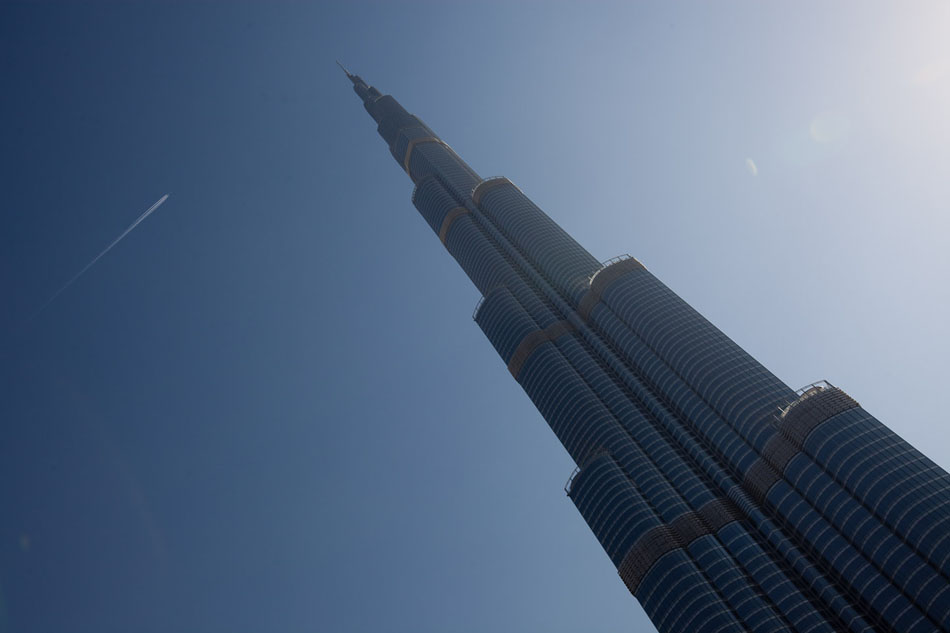
This past week I finally got to visit the developmental monstrosity that is Dubai. Nothing can really describe the audaciousness and scope of the luxury metropolis they hope to raise from the sands of the surrounding desert. Ranging from the largest mall in the world to the tallest building in the world, Dubai is building a new Babel that is already on the verge of going completely bust. For the foreseeable future however, despite the world economic downtown, the cranes are still moving as one of the largest construction sites in the world continues to lurch forward.

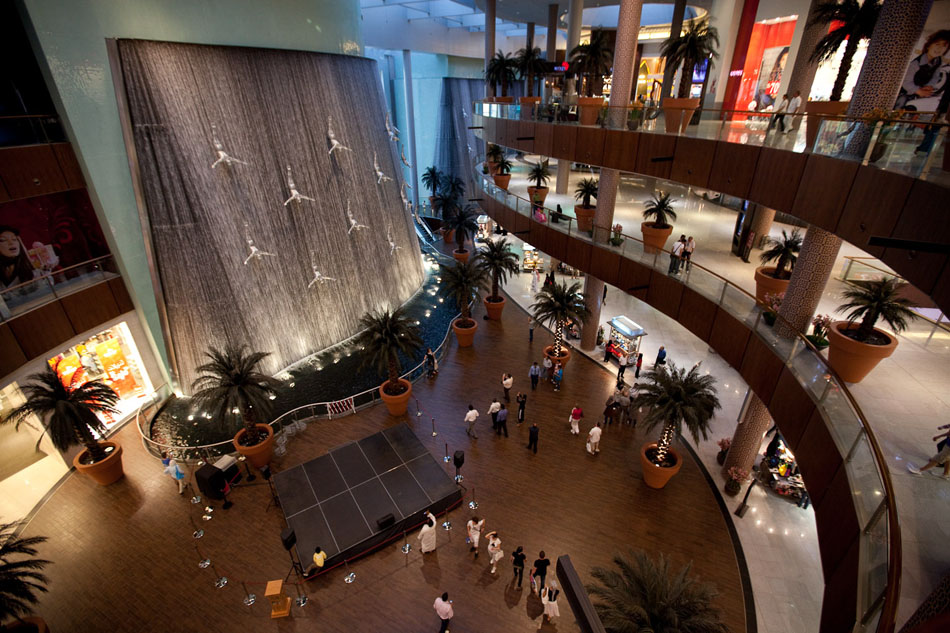
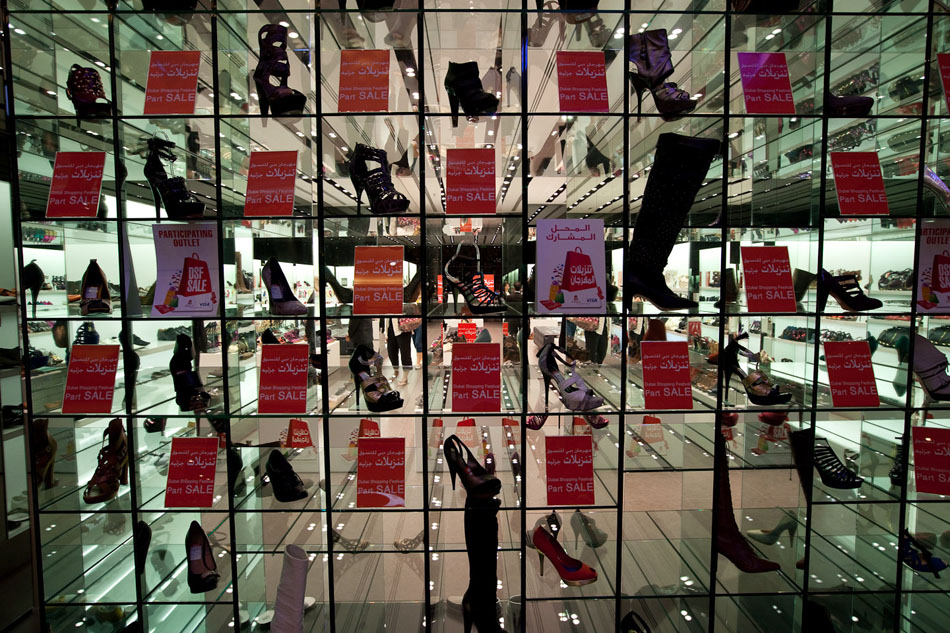
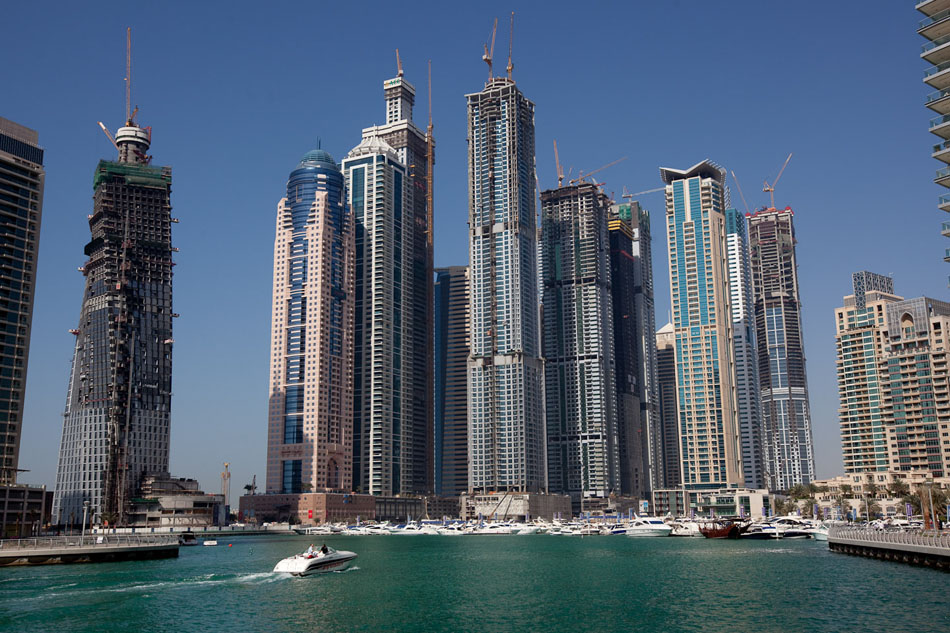
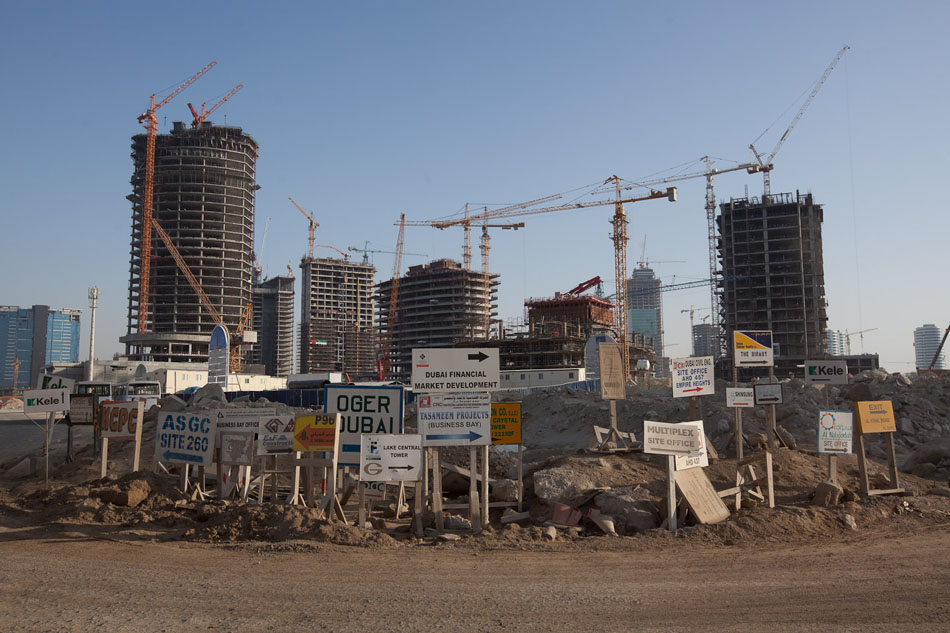
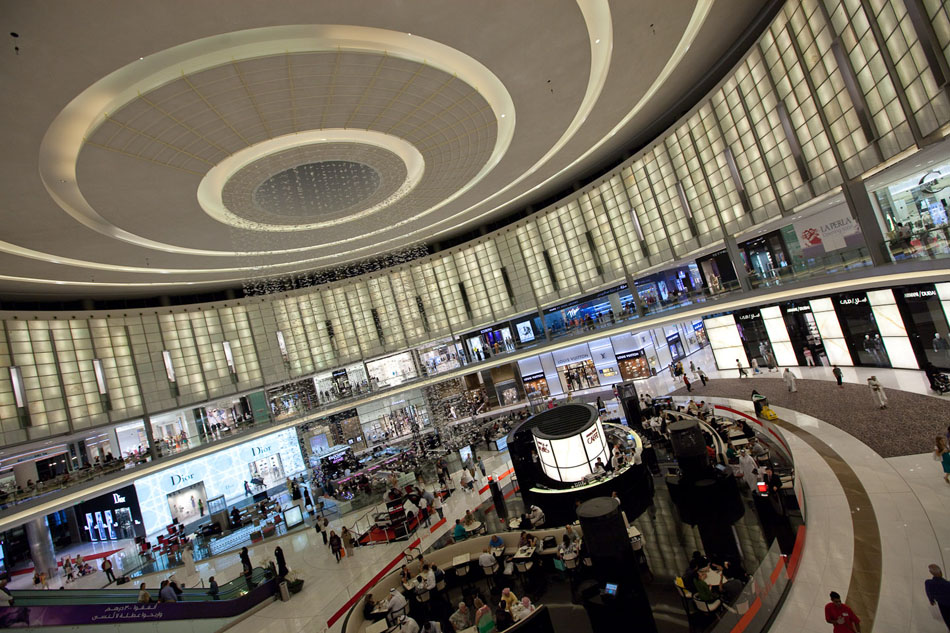
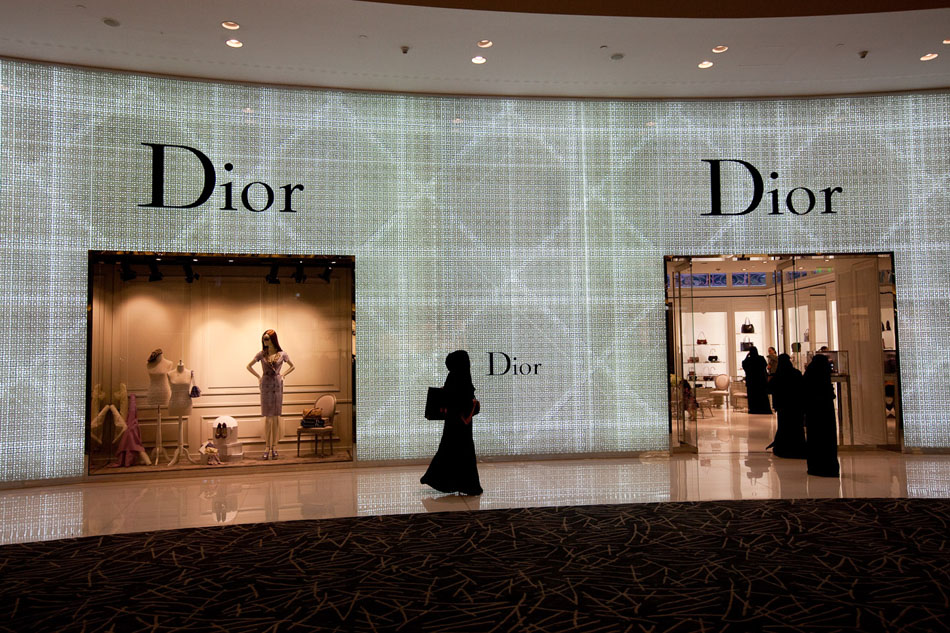
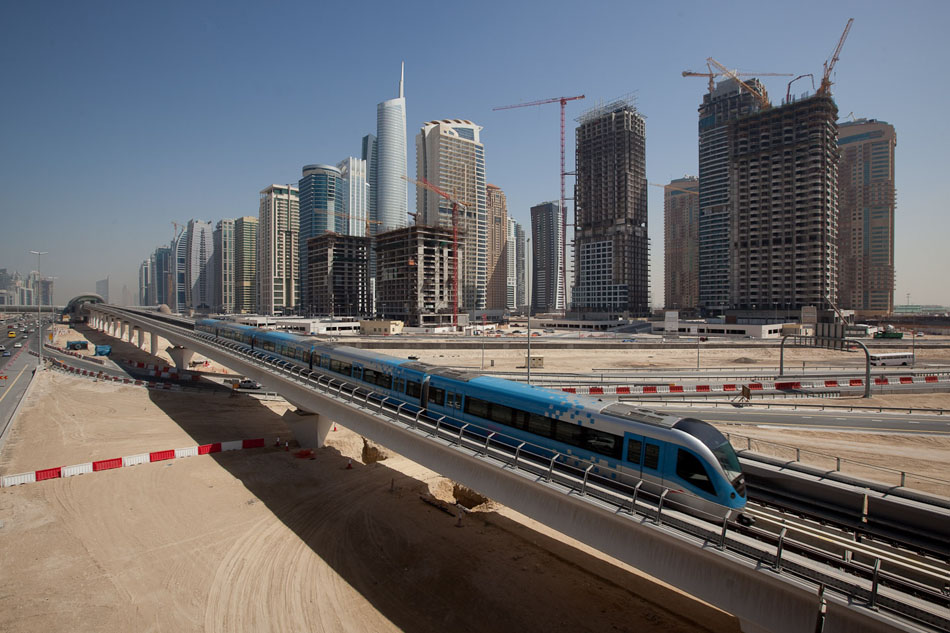
Nov 27, 2008 | Society, Travel
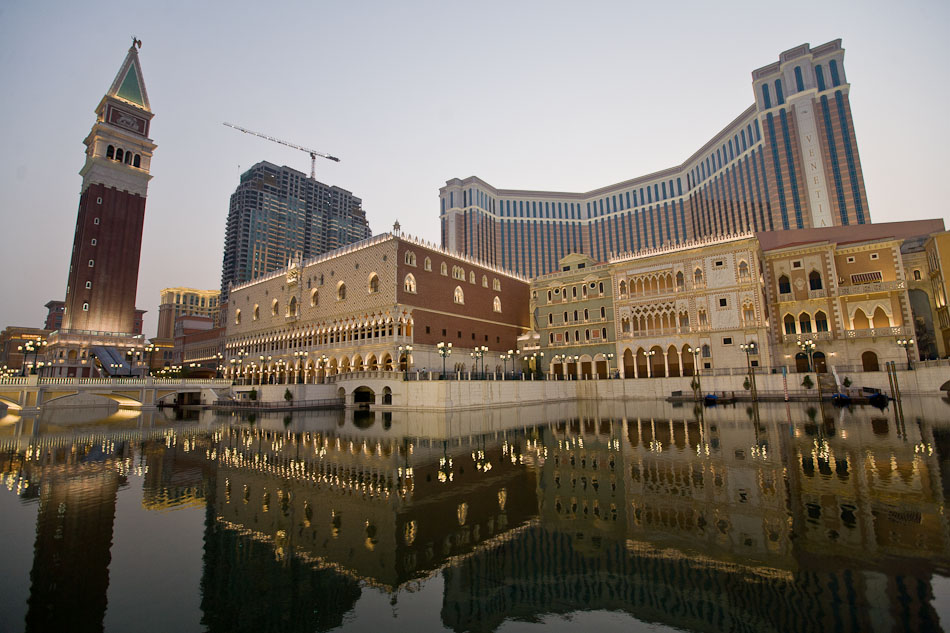
Macau’s unique character draws deeply from its eclectic cultural heritage. Both the first and last European colony in China, Portuguese sovereignty in Macau was not ceded until 1999, over 400 years after the establishment of the original settlement. Since the handover Macau has existed in a liminal realm stipulated by the “one country, two systems” policy – the Chinese state handles defense and foreign affairs but relinquishes control over domestic matters such as the police force, monetary system and political appointments. However, since Macau opened up its casino sector in 2002, the island’s socioeconomic fate was bound to the rise and fall of its entertainment resorts.
Last month I ventured to Macau to inspect the Cotai Strip, a massive development modeled after the Las Vegas Strip and home to the Las Vegas Sands’ Venetian Macau Resort. Currently the largest casino in the world, the Venetian helped Macau surpass Las Vegas in gambling revenues last year. For now Macau remains the only gambling destination within China and easily one of the most prominent within Asia. Still, the Chinese state is trying to curb the rampant profits and concomitant “dark elements” that spawn from the gambling world. Thanks to new border regulations implemented this summer, mainland Chinese can only visit Macau once every three months.
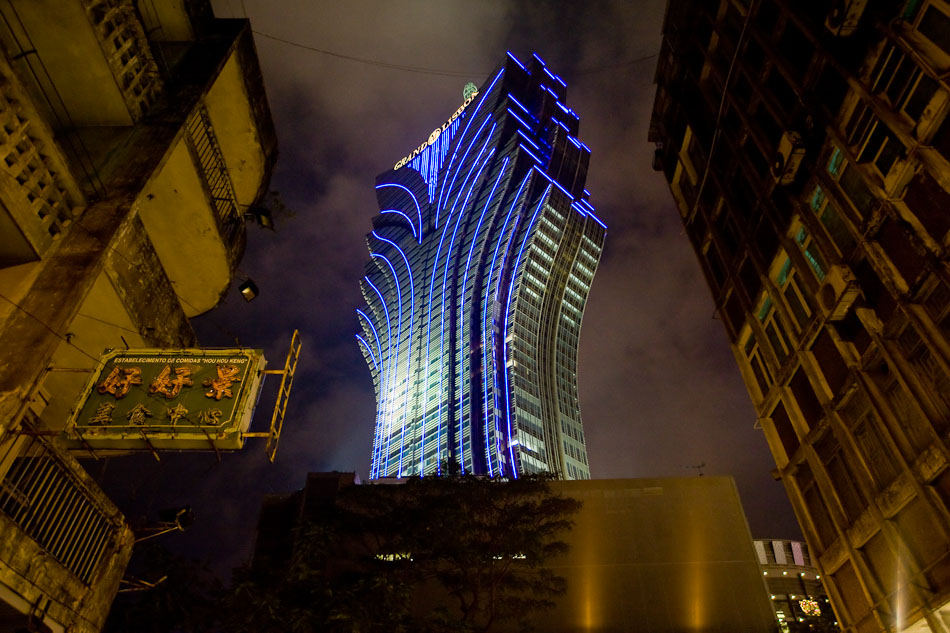
The loss of such an audience now pales in comparison to the impact of the current global financial downturn. Las Vegas Sands recently laid off 11,000 laborers and suspended work on two expansion projects planned for the Cotai Strip. MGM and Galaxy Entertainment also halted future expansion efforts. The hottest casino market in the world fizzled almost overnight. Still, a halt to the unchecked leeching of Asia’s nouveau riche might not be such a horrible turn of events. More shopping malls and roulette tables should be the least of Macau’s concerns as it continues to come to grips with its new identity as Asia’s premiere entertainment destination.
Over the past few years Macau residents have taken to the streets to protest against rampant corruption and labor issues stemming from the rise of powerful casino moguls. Now, with financial markets spiraling out of control, relying on the luxury entertainment industry no longer seems like a safe bet. For once the demand for casinos in Asia cannot meet the excessive supply in Macau. Catering to indulgent tastes at the Venetian does not fit reform-minded market trends. Even if Macau’s casinos make some sort of recovery in the coming months, the whole enterprise carries a heavier stigma of waste and decadence.
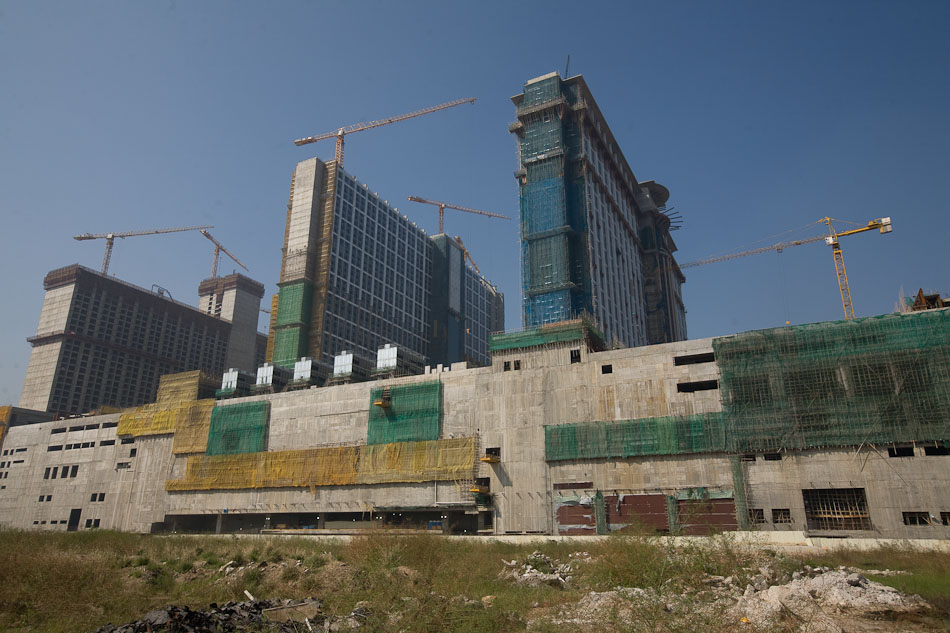
Jul 4, 2007 | Travel
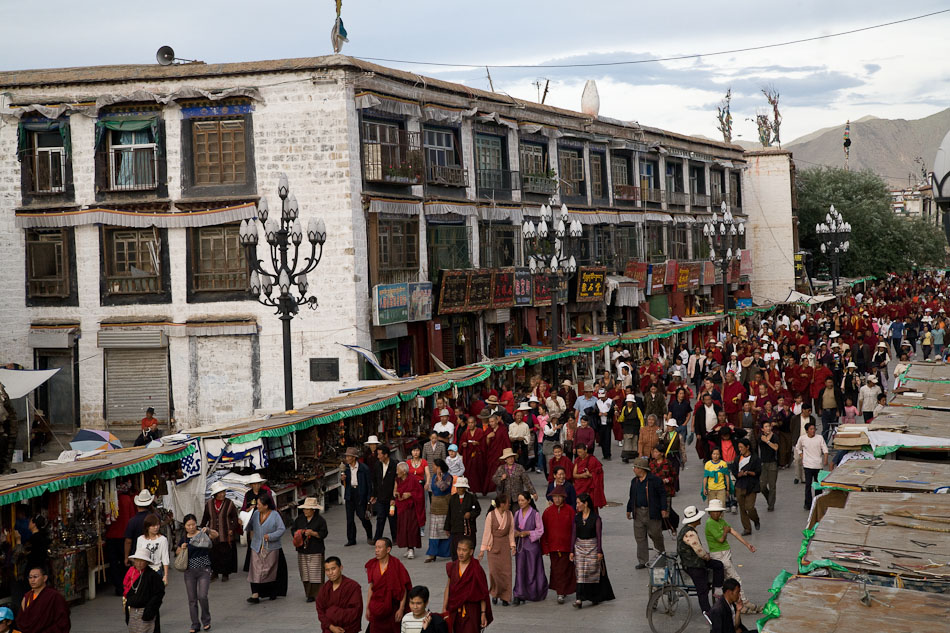
As the cultural center and capital of Tibet, Lhasa constantly remains poised to set the socioeconomic tone for the rest of the region. However, after a third visit over six years, characterizing that tone continues to evade me. Lhasa’s elusive nature never seems to resolve itself as the colorful Tibetan quarter continues to hold out against the encroaching conurbations inhabited by immigrating Han Chinese. Two years ago such architecturally uninspiring edifices seemed poised to swallow old Lhasa whole, but now I feel quite the opposite.
The Barkhor pilgrim circuit encompassing the Jokhang temple at the heart of the Tibetan quarter emitted a vivacity I had never felt before. On a daily basis thousands of pilgrims, monks, nuns, and awkward tourists rambled around the residence of the most revered Buddha image in Tibet. An odd cacophony emerged from the crowd as the murmur of prayers mixed with shuffling feet, congenial conversations, and the occasional resounding smack of pilgrims clapping their hands above their heads before prostrating on the ground. More importantly, the alleys surrounding the Barkhor teemed with Tibetans perusing small local markets and bustling about their daily business. I felt I had slipped into a vibrant Tibetan city instead of a fading relic of the past.
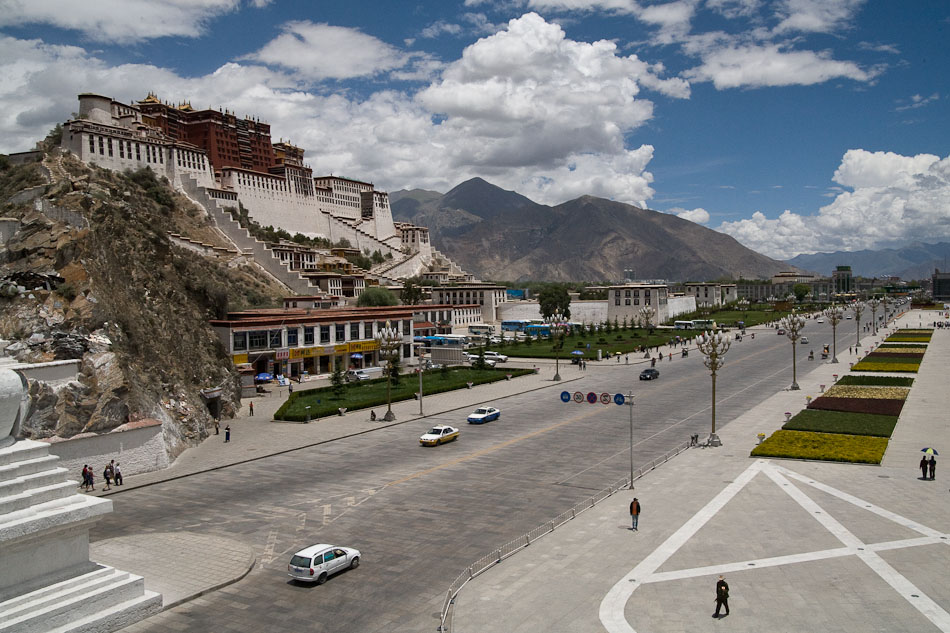
Since Tibet’s “peaceful liberation,” the Chinese state has largely committed itself to implementing “progressive” socioeconomic policies in Lhasa in hopes of bringing the rest of the region under more centralized control. Many indigenous customs were condemned while major religious institutions endured heavy censure and sometimes destruction in an attempt to redefine their identities and role in communities. For example, since the fourteenth Dali Lama’s 1959 exile into India, the Potala Palace was transformed into a state museum used to portray his presence as a figment of the past overcome by the ineluctable advent of modernity. Monks that attended the shrines were not even allowed to wear traditional monastic robes – the Chinese state did not want any indication that it still remained a functioning religious institution. Within the scope of socioeconomic progress, the Chinese state attempted to consign the Potala Palace to a bygone epoch just like the Forbidden City in Beijing. Still, its potency and ability to inspire awe remained, just as an undeniable resilience still prevailed within the Tibetan quarter.
Lhasa embodies an odd paradox posed by free market reforms and the rise of consumer culture introduced by the Chinese state. Newly built strip malls now crowd important temples and monasteries – centers of a faith devoted to self-abnegation and rarified spiritual pursuits. Nonetheless, a monk pulling a slick cell phone from beneath his robe no longer seems so strange a sight. Many religious institutions subsist on a very ambiguous line as mere tourist attractions and functioning monastic and spiritual centers. In all, generalizations continue to fail to capture this marvelous city as it persistently twists into a stranger synthesis of global influences and longstanding traditions.

































